How Can I Be a Better Listener?
Location
Type of Position
Application Deadline
We are living in a busy and hectic world where the demands on our time and attention seem to be ever increasing. Online communication has replaced a lot of face to face communication. Some of us are starting to feel a little out of practice when it comes to nurturing our interpersonal relationships. One of the key aspects of face to face communication is about listening well. This brings up the question: How can I be a better listener?
To listen effectively, you need to listen with your entire mind. You are not listening if you are thinking about your experience, of how you might respond, counter, or argue what is being said, or judging and appraising the statements before the speaker is even finished. But becoming a more effective listener isn’t only about what not to do. Take the following list for example. For every DON’T there is a DO!
Do’s and Don’ts to Practice to Become a Better Listener
Get Curious

Don’t resist ideas, even if they are of no personal interest. Instead, get curious! Accept that the message is important even if it arrives in a form that you don’t like or comes from someone you don’t like.
Give Your Full Attention

Don’t daydream or fake attention. Do give your full attention. Put your thoughts and judgments aside. You are only truly engaged in listening when your focus is on the speaker.
Dig Deep and Stay in the “Muck”
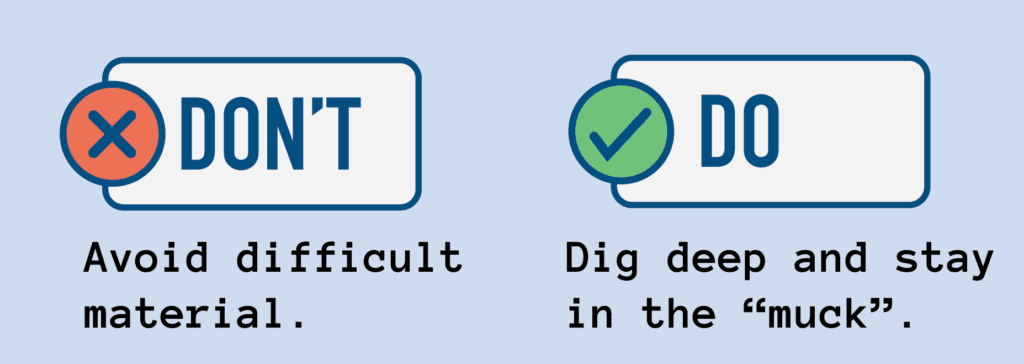
Don’t avoid difficult material. Instead, dig deep and stay in the “muck”. Recognize that conversations are not just for the transfer of information.
Resist and Reduce Distractions

Don’t tolerate or create distractions. Do resist and reduce distractions. Put your phone away, find a comfortable and quiet space, periodically summarize in your head, etc.
Shift from Past to Present to Future
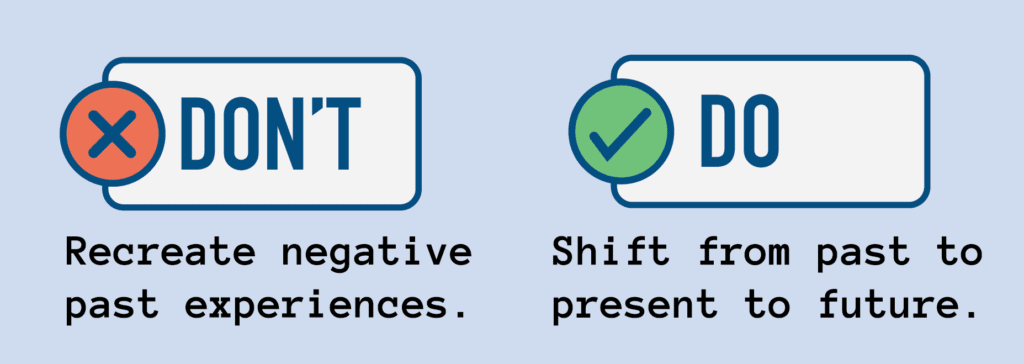
Don’t recreate negative past experiences. Instead, shift from past to present to future. You cannot move forward if you are stuck in the past.
Normalize Emotions
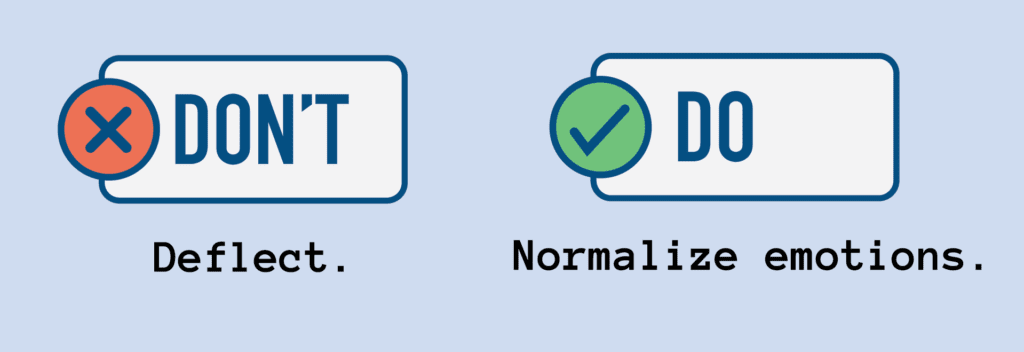
When feelings are brought out, don’t deflect and change topic or return to a safe topic. Do normalize emotions; say what you observe to go beyond the words, state your own emotions, check that you are understanding feelings correctly.
Keep Calm
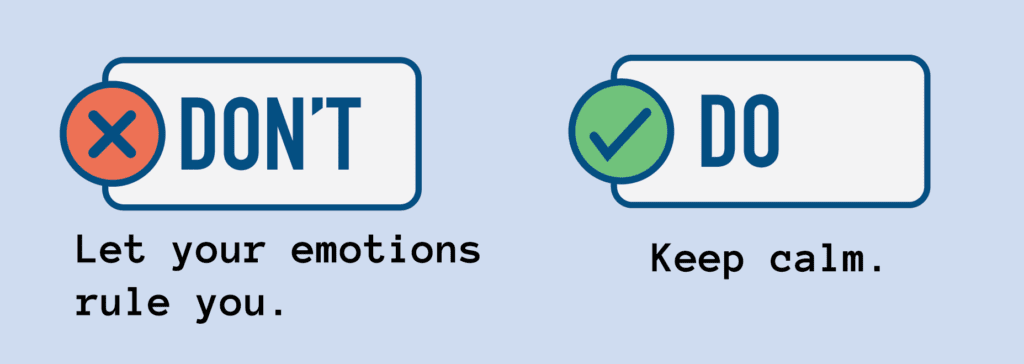
Don’t let your emotions rule you. Use techniques to keep yourself calm like taking some deep breaths, taking a break, taking a walk, or sticking to observable facts.
Stay Open & Suspend Judgement

Don’t let bias or prejudice interfere. Stay open and encourage openness from the person you are communicating with. Suspend judgement. Check your assumptions. Seek to understand, even if you don’t like what you hear. Avoid a personal interpretation and listen to what the speaker is really saying. Verify that the message has been received in the way that the sender intended.
“Name it to Tame it”
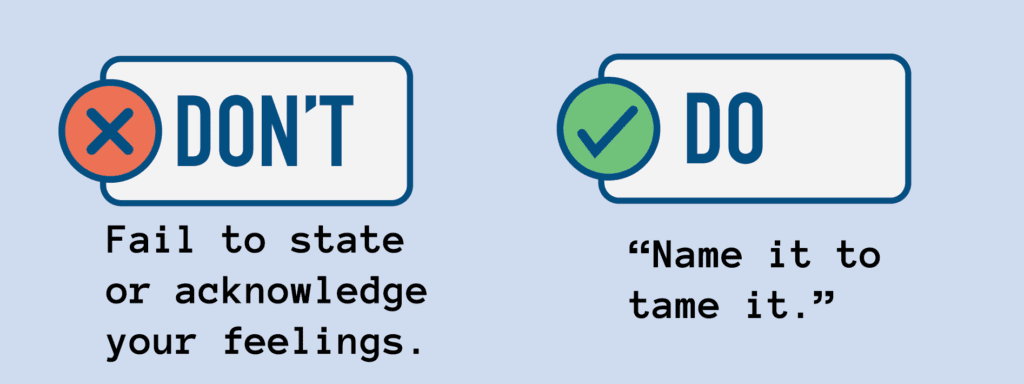
Don’t fail to state or acknowledge your feelings. Instead, use the “name it to tame it” approach. Stating your emotions out loud can reduce their intensity and normalize emotions in a heated conversation.
Pay Attention to What is Not Being Said

Don’t fail to use non-verbal information. Do pay attention to what is not being said. Only 7% of our communication is verbal. Use welcoming and open body language, read the body language of the other. Show that you are interested and paying attention.
Practice Makes Perfect
DON’T worry, you don’t have to incorporate every single DO to be a better listener. By just incorporating one or two, you will already be a better listener. No pressure, remember, the goal is to understand.
Downloadable Infographic
If you’d like to remember these tips, you can print them out as a full infographic from the files below.
Letter size (8.5×11) works, Legal size (8.5×14) is even better.
[Download PDF – Letter Size]
[Download PDF – Legal Size]
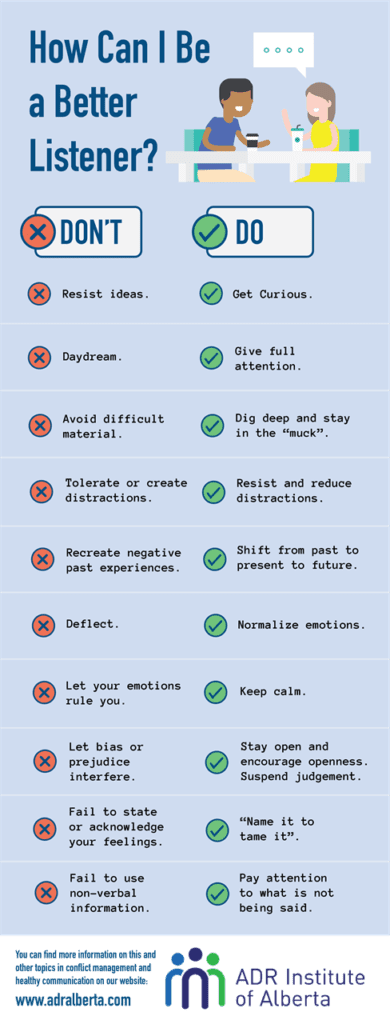

 The Importance of Conflict Management Skills in Business
The Importance of Conflict Management Skills in Business







